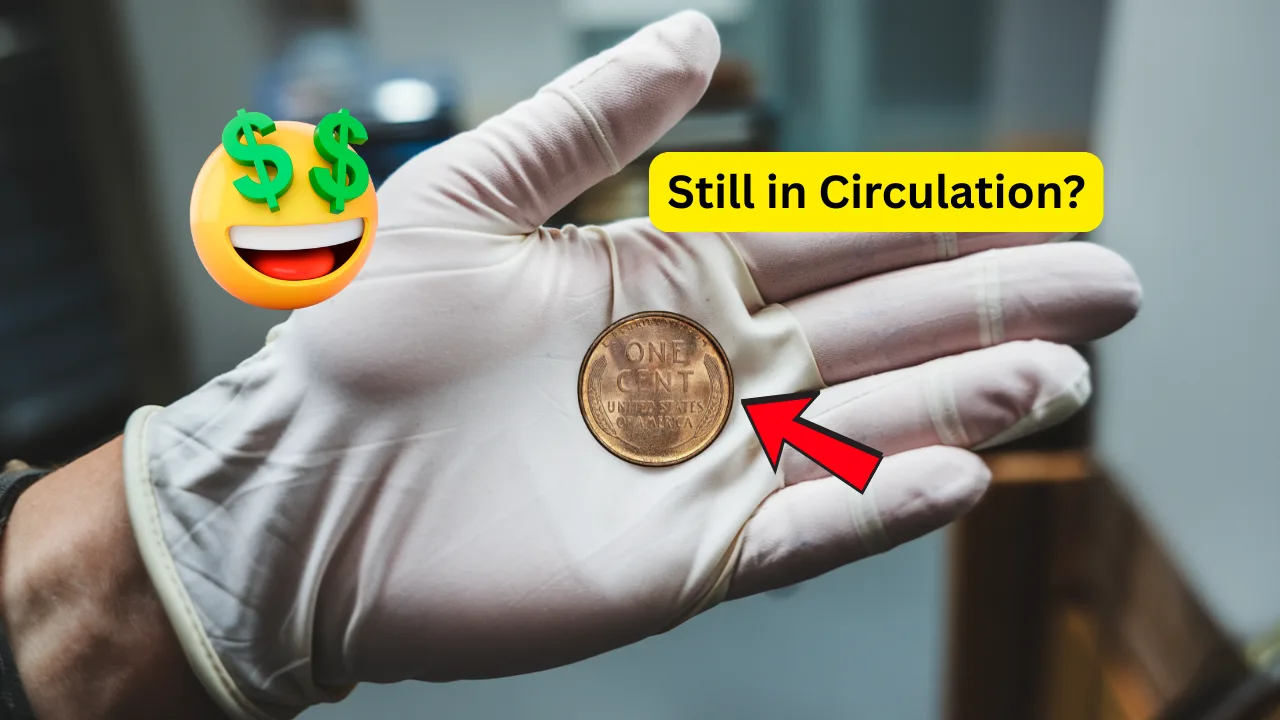Imagine finding a penny worth $76 million in your spare change! The Lincoln Wheat Penny, a small coin with a massive story, has captivated collectors for decades. Some rare versions are so valuable they could change your life. Could one be hiding in your coin jar? Let’s explore this numismatic treasure and how to spot it.
What Is the Lincoln Wheat Penny?
The Lincoln Wheat Penny, often called the “Wheat Cent,” is a one-cent coin minted by the U.S. Mint from 1909 to 1958. It features Abraham Lincoln’s profile on the front and two wheat stalks on the back, symbolizing prosperity. While most are worth just a cent, rare versions fetch millions due to minting errors or low production.
A Brief History of the Lincoln Wheat Penny
Introduced in 1909 to honor Lincoln’s 100th birthday, the coin was designed by Victor D. Brenner. It was the first U.S. coin to feature a president’s face, replacing symbolic figures like Lady Liberty. Minted in Philadelphia, Denver, and San Francisco, millions were produced, but certain years and errors stand out. The 1943 bronze penny, a wartime mistake, is the stuff of legends.
Why Is the $76 Million Penny So Valuable?
The $76 million valuation often ties to the 1943 bronze Lincoln Wheat Penny, a rare error coin. During World War II, pennies were made of zinc-coated steel to save copper for the war effort. A few bronze planchets from 1942 were accidentally used, creating ultra-rare coins. Fewer than 20 exist, driving their value sky-high due to rarity, historical significance, and collector demand.
| Factor | Why It Drives Value |
|---|---|
| Rarity | Only 10-20 1943 bronze pennies exist |
| Mint Error | Mistakenly struck on bronze, not steel |
| Condition | Pristine coins fetch higher prices |
| History | Tied to WWII copper shortages |
How to Spot a Rare Lincoln Wheat Penny
Think you’ve got a treasure? Here’s how to check your pennies for a rare Lincoln Wheat:
- Check the Date: Look for 1943, 1909-S VDB, or 1914-D.
- Magnet Test: 1943 pennies should be steel (magnetic). Non-magnetic ones may be bronze.
- Mint Mark: Check for “D” (Denver) or “S” (San Francisco) under the date.
- Condition: Clear details and minimal wear increase value.
If you find a suspect coin, don’t clean it! Contact a professional grader like PCGS or NGC for authentication.
Notable Lincoln Wheat Penny Records
The Lincoln Wheat Penny has smashed auction records:
- A 1943-D bronze penny sold for $1.7 million in 2010.
- A 1943-S bronze penny fetched $504,000.
- The rumored $76 million penny may reflect private sales or speculative value for a pristine specimen.
| Year | Mint Mark | Sale Price | Notes |
|---|---|---|---|
| 1943-D | Denver | $1.7 million | Bronze error |
| 1943-S | San Francisco | $504,000 | Bronze error |
| 1909-S VDB | San Francisco | $168,000 | Low mintage |
Expert Tips for Coin Collectors
- Start Small: Check pocket change or buy rolls from banks to hunt for Wheat Pennies.
- Learn Key Dates: Focus on 1909-S VDB, 1914-D, 1931-S, and 1943 bronze.
- Preserve Coins: Handle by edges and store in protective holders.
- Get Certified: Use PCGS or NGC for grading to ensure authenticity.
- Join Communities: Engage with numismatic forums or local coin clubs for tips.
Frequently Asked Questions
Q: Is the $76 million penny real?
A: While no public sale has hit $76 million, rare 1943 bronze pennies are valued in the millions. The figure may stem from private deals or speculation.
Q: Can I still find Wheat Pennies in circulation?
A: Yes, they’re rare but possible in old change, jars, or inherited collections.
Q: How do I sell a rare penny?
A: Get it graded by PCGS or NGC, then sell through reputable auction houses like Heritage Auctions.
Q: Are all Wheat Pennies valuable?
A: No, most are worth a few cents. Only specific years, mint marks, or errors fetch high prices.
Conclusion
The Lincoln Wheat Penny, especially the elusive $76 million 1943 bronze error, is a numismatic legend that blends history, rarity, and the thrill of discovery. Next time you get change, take a closer look—you might hold a fortune! Start your coin-hunting journey today, share this post, or join a collector’s group to learn more.

